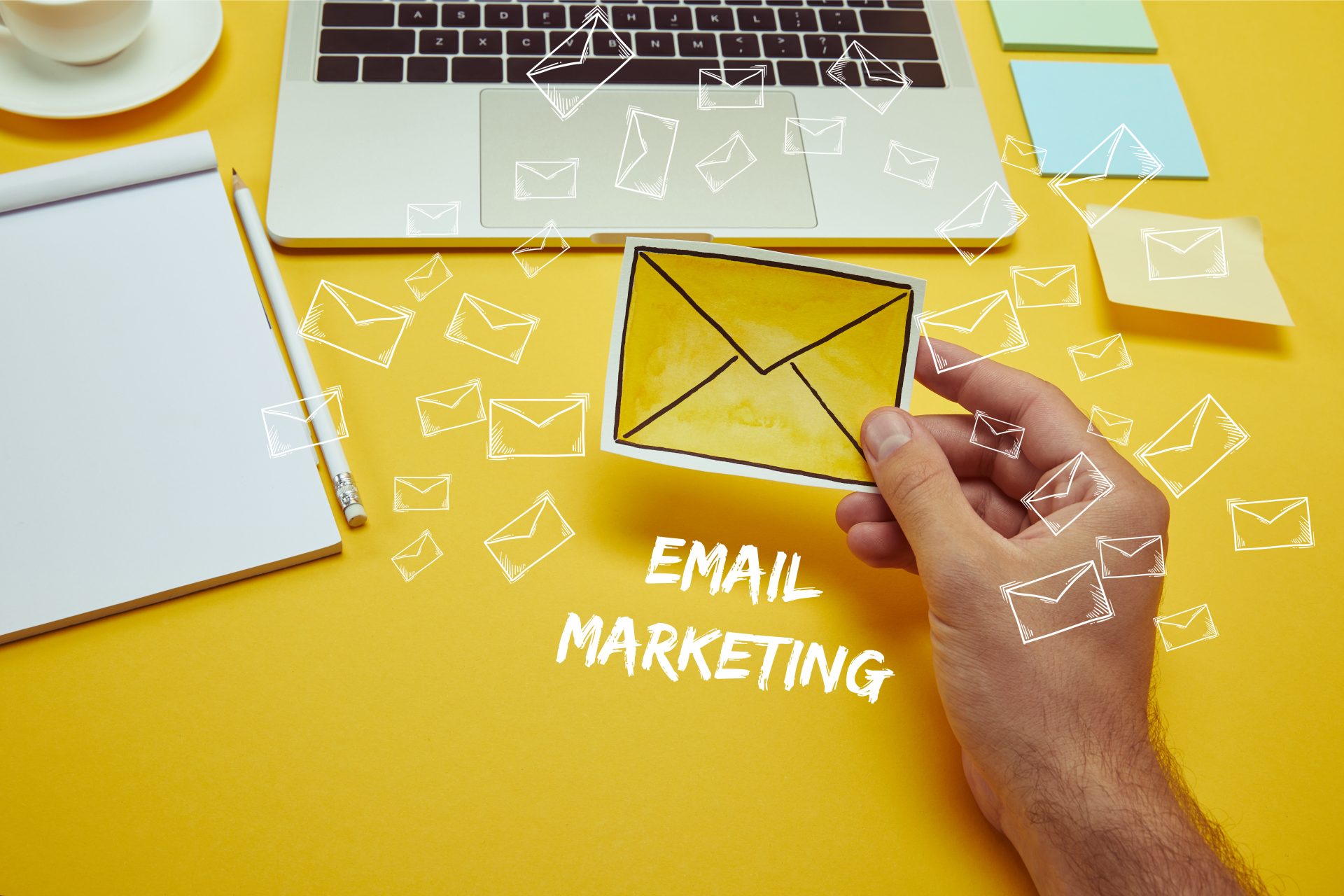Despite endless digital channels, email remains one of the most efficient and measurable tools for B2B marketing. It provides direct access to decision-makers and measurable engagement, two things few other channels can match. Yet the difference between an email that gets ignored and one that earns a click often comes down to structure and content clarity.
Creating effective B2B marketing email content is both art and process. The most successful marketers design each send with a clear purpose, a relatable message, and a seamless path toward conversion. Here are 9 proven strategies for writing B2B marketing emails that inform, engage, and convert across industries.
1. Define the Goal Before You Write
Every great email begins with one question: What action do you want the reader to take?
That single answer drives the copy, the tone, and the structure. Whether the goal is to register for an event, download a guide, or learn more about a solution, the entire message should support that one objective.
2. Write Subject Lines That Reflect Value
For B2B audiences, subject lines that promise clarity outperform those that chase curiosity. Use language that communicates relevance and benefit. For example:
- Instead of “Ready for a Change?”, try “10 Rules That Will Transform Your Assembly Line”
- Keep it 35-50 characters and focus on outcomes
- If your subject line reads like a realistic benefit (and not a sales-y ad slogan), you’re more likely to earn the open.
3. Lead With Context, Not a Pitch
The opening line should help the reader recognize themselves in the problem or opportunity you’re addressing. The goal isn’t to “sell” immediately; it’s to establish relevance.
“Many operations teams still rely on manual reporting tools. There’s a better, more efficient way to analyze data.”
That sentence draws the reader in because it speaks to a shared business reality, not a sales claim.
4. Build Structure That’s Easy to Scan
B2B readers don’t read anymore. They scan (just like you are as you read this article!). That means structure matters as much as copy. When you write, follow a consistent pattern:
- A short headline or lead statement
- One or two concise paragraphs
- Bulleted benefits or insights
- A single, well-placed call-to-action
BNP designers pair your content and images with white space, clear typography, and mobile-friendly orientation to contribute to higher engagement.
5. Keep Each Email Focused on a Single Message
Avoid combining multiple goals into one send. Each email should move the reader one step further in their journey. A focused message improves comprehension, reduces friction, and leads to better analytics.
If you need to share several resources, break them into a series or nurturing workflow.
6. Write in the Reader’s Language
Avoid corporate jargon and internal shorthand. Use the terminology your target audience uses when describing their challenges. This not only improves comprehension but also aligns your message with how your audience searches—enhancing discoverability across search engines and AI assistants.
Tip for AEO: Include question-based phrasing within subheads, like “Which BIM Tools Are Streamlining Project Collaboration?” or “How Are Manufacturers Reducing Downtime in 2025?” This improves the likelihood of appearing in voice and AI-powered search results.
7. Make the Call-to-Action Feel Natural
An effective B2B email doesn’t demand; it guides. Use CTAs that align with where your reader is in the decision cycle.
- Top of funnel: “See how it works” or “Explore the full guide”
- Mid-funnel: “Compare solutions” or “Read customer stories”
- Bottom of funnel: “Schedule a consultation” or “Request a custom quote”
The right phrasing builds comfort and curiosity rather than resistance.
8. Enhance Credibility with Visuals and Consistency
Visuals reinforce message retention. Whether it’s a graph, product image, or customer data point, make sure each visual adds context rather than decoration. Keep branding consistent with your company’s design system. Consistency will build trust across touchpoints.
9. Test and Learn from Every Send
The best-performing B2B email strategies evolve through testing.
Experiment with subject lines, headlines, CTAs, and timing. Look beyond open and click rates. Evaluate how emails influence downstream engagement, such as content downloads or event registrations.
Continuous optimization is what separates “campaigns” from “strategy.”
Where BNP Media Adds Value
BNP Media’s brands connect strategy to performance by reaching professionals across more than 25 industries, providing access to engaged, qualified audiences that are already seeking solutions. For advertisers and marketers, this means your message reaches decision-makers in the right context, right inside the publications and email newsletters they trust most.
Our email marketing products are built on this foundation of relevance and precision. Whether you’re sending a dedicated email, sponsoring a webinar, or integrating a content series across digital platforms, BNP Media helps shape the message for optimal performance.
When you pair a well-structured B2B email with BNP Media’s audience, you create content that drives measurable business outcomes. BNP’s first-party data allows advertisers to reach highly defined segments, which then makes it easier for them to personalize their copy and speak directly to the roles or industries they care about.
A Final Thought
A truly effective B2B email doesn’t just promote. Nobody wants to be promoted AT! A great B2B email connects, educates, and moves the conversation forward. Build your content with purpose, write with empathy, and distribute through trusted industry channels. That’s how you turn attention into action.



